QuestionWe recently took in a bulldog and we owned him he was kept in a backyard with another dog for about a year. We have had him for about a month and I notice that there is a yellowish greenish discharge around the tip of his penis at all times...he doesn't lick it but I knoe=w this can't be normal is it an infection?
AnswerBalanoposthitis is the medical term used to describe inflammation of the penis and prepuce (the sheath of skin on the belly of the dog that covers the penis). There are a variety of causes of balanoposthitis, including injuries, bacterial infections, phimosis (constriction of the prepuce opening so that the prepuce cannot be drawn back to expose the penis), and tumors. Balanoposthitis is one of the more common problems to affect the prepuce, and occurs more frequently in intact (non-neutered) male dogs.
Careful inspection and examination of the entire prepuce and penis is of utmost importance and is often diagnostic. Your veterinarian will examine the area for injuries, foreign bodies and tumors. A thorough examination may require sedation or anesthesia of the animal, especially if the dog is painful in the area.
Baseline tests such as a complete blood count, biochemical profile and urinalysis are usually within normal limits unless a bladder, prostate, or systemic infection is present. Urine for urinalysis is usually retrieved from the bladder so that discharge from the balanoposthitis does not contaminate the sample.
Bacterial culture and cytologic analysis (examination under the microscope) of the discharge may be helpful in some cases.
Treatment of mild balanoposthitis involves keeping the penis and prepuce clean and preventing the dog from licking and self-trauma through use of an Elizabethan collar. In more severe, chronic, or recurrent cases treatment options may include:
Removal of the underlying cause if one is found, such tumors, adhesions or abnormal tissue
Antibiotic therapy
Daily irrigation of the preputial sheath with an antiseptic solution
Infusion of antibiotic ointment directly into the preputial sheath
Neutering the dog
It is important to follow the instructions given to you by your veterinarian. Continue therapy for the entire recommended time period.
Recurrence is common despite therapy, especially when a predisposing factor cannot be identified. It is felt that intermittent flushing of the prepuce and neutering the dog may be of some help in minimizing subsequent infections, although there are no guaranteed ways to prevent the condition.

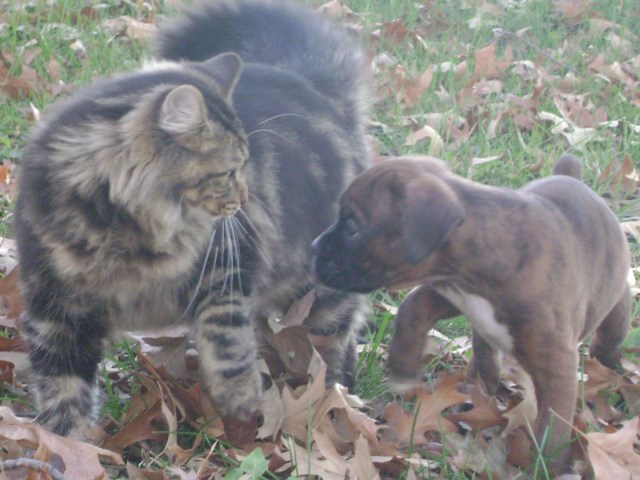 Puppy wont come!
QuestionCapone & Rascal
QUESTION: Help! &nbs
Puppy wont come!
QuestionCapone & Rascal
QUESTION: Help! &nbs
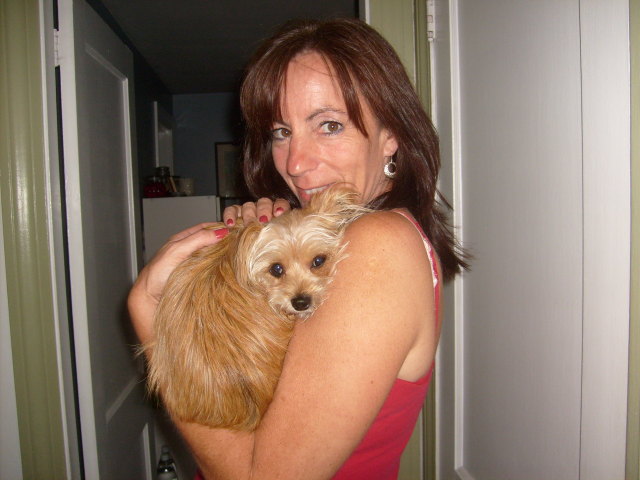 Training....
Question
Me with brady
My dog Brady is a year old, he i
Training....
Question
Me with brady
My dog Brady is a year old, he i
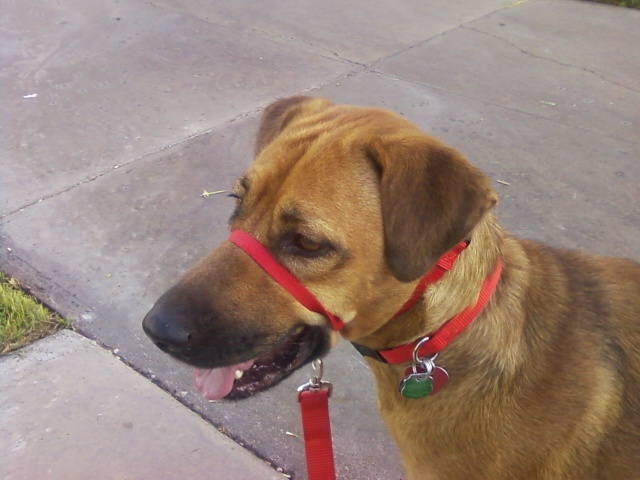 My dog Kiya
Question
Kiya
My new dog Kiya is a 2 yr old German Shep
My dog Kiya
Question
Kiya
My new dog Kiya is a 2 yr old German Shep
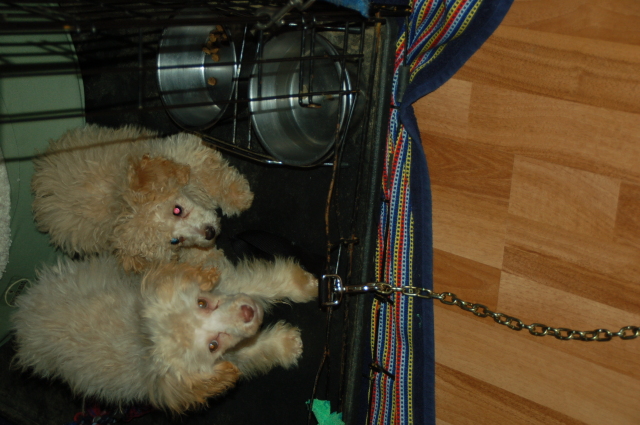 puppy behavior
Question
Cooper and Guy
Hi, thanks so much for reading
puppy behavior
Question
Cooper and Guy
Hi, thanks so much for reading
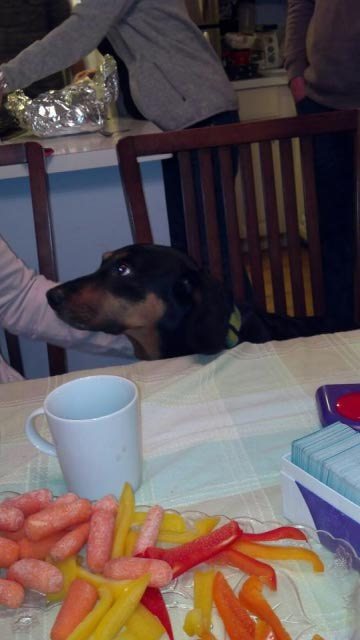 Gnawing/ Uncontrollable Itch
Question
Burgess
My wonderful dog Burgess, A Dac
Gnawing/ Uncontrollable Itch
Question
Burgess
My wonderful dog Burgess, A Dac